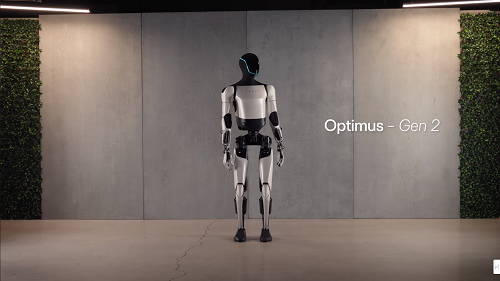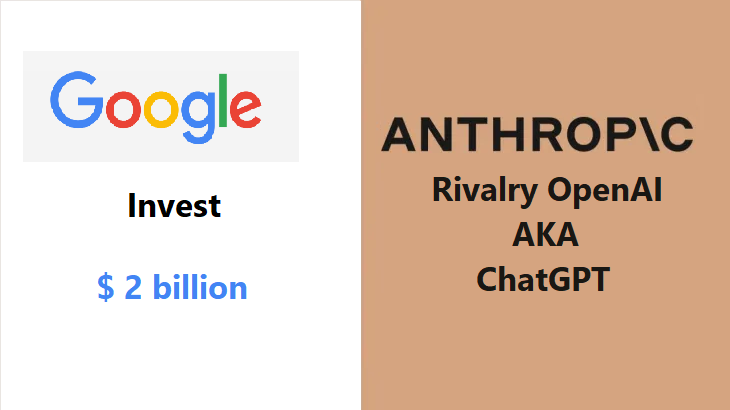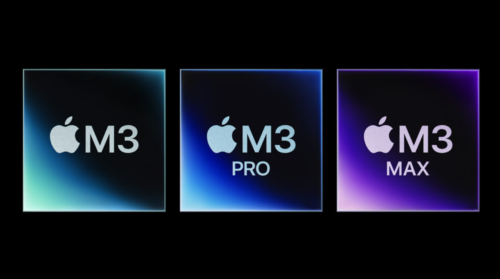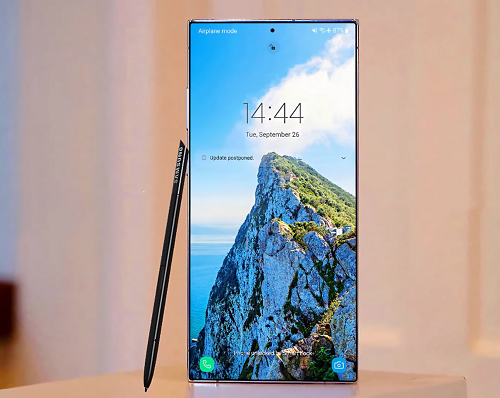Introduction
The launch of Tesla Robot Gen 2 signifies advancement in robotics and AI technology. The purpose of this piece is to examine Tesla’s AI humanoid robot that has almost lifelike hand movements, reduced weight, and a faster pace of walking. With the passage of time advancements are on their way.
A Brief History of Tesla’s Optimus Robot
The initial version of Optimus Gen 1 was launched in August 2021, and it intended to design an entity that would be engaged in dirty jobs. It looked like a person walking in a robot suit who made simple motions and gestures. Z Listade: Nairobi city is among the fastest-developing settlements in Kenya. Point: Despite the fact that Kenya continues with the same electoral and political system that has been a factor in violence.
Comparing Optimus Gen 1 and Gen 2
The release of Optimus Gen 1 demonstrated potential, but Optimus Gen 2 took the world by storm. The newest version features improved natural motion, enhanced self-operation, and greatly upgraded capabilities.
Technical Advances in Optimus Gen 2
Optimus Gen 2 stands out with its hand movement and sensory skills as technical advances. Its hands have 11 degrees of freedom and thereby enable it to perform intricate operations unmatched by previous robots. Moreover, it has high mobility, such that it can walk by itself at a speed of 4 mph and also does its head and neck movements automatically for natural communication.
Design and Aesthetic of Tesla Robot Gen 2
An elegant blend of strength and aesthetics, the armour of the new Optimus is futuristic, like that of a mediaeval knight.
The Role of Custom-Designed Actuators and Sensors
In addition to being appealing, this aesthetic secures its internal mechanism from vulnerability due to its exposed inner features.
Optimus’s Capabilities in Tactile Sensing
Custom-designed sensors and actuators are key to Optimizus functionality. The robot’s tactile sensing capability is made possible by these components, which make it easy for the robot to undertake highly complex tasks.
The Future of Human-Robot Interaction
Optimus’s Capabilities in Tactile Sensing Optimus Gen 2 has a sensing layer that has many sensors for sensitivity, such as pressure, temperature, moisture, and vibration, under a fake skin.
Applications in Various Fields
The robot is therefore able to relate to the various objects in a sophisticated way, resembling human touch.
Safety and Ethical Considerations
Optimus Gen 2 marks a move further towards an advanced human-robot interface. It can perceive the environment and adapt itself to any task, suggesting that there will be a time when robots will blend into the human environment.
Impact on Employment and Economy
It has diverse fields of application ranging from manufacturing to the entertainment industry, such as movies, among others. It would have been instrumental, especially at the factories, where it would have helped in doing some of the repetitive or even dangerous tasks, such as lifting heavy loads in the case of construction. Optimus would perform housework at home and be used as an intelligent tutor system for training purposes.
Safety and Ethics
These involve aspects of safety and ethics in relation to advanced technologies. Optimus Gen 2 prompts a debate on the impact of AI in robotics: data protection, safety, or workforce displacement.
Robot on the Job Market
Effects of Robot Optimus Gen 2 on the Job Market and Economy. Such machines can take over some jobs, but they too might generate new employment opportunities, like robot maintenance or the programming of artificial intelligence.
Challenges Faced by Gen 2
Although it is effective, Optimus Gen 2 faces several challenges, such as technological limitations, public skepticism, and regulatory barriers. Addressing these issues, however, would become imperative if public acceptance and smooth implementation of such robots were sought.



